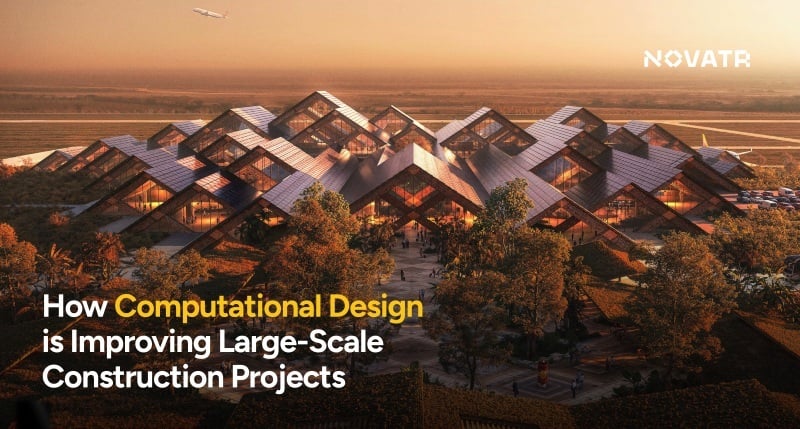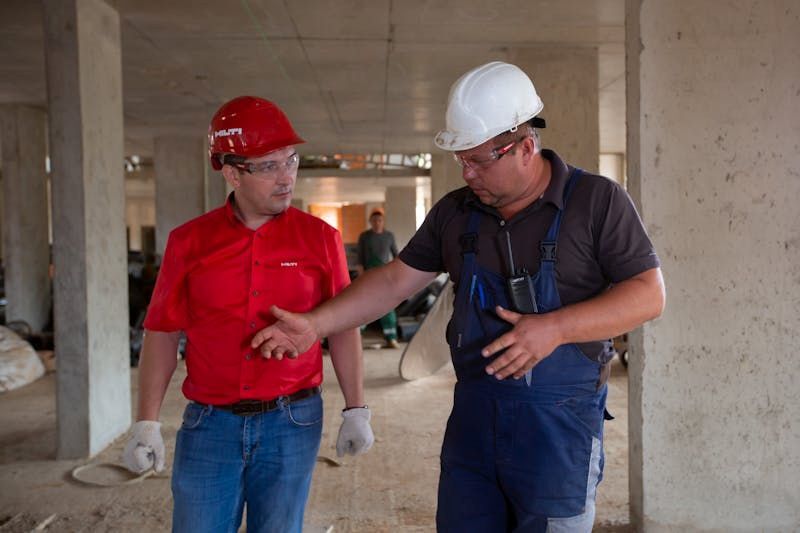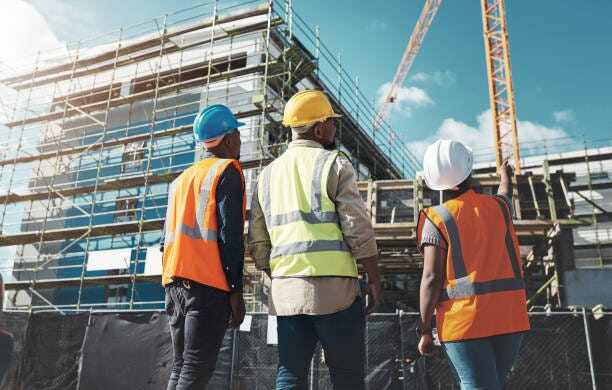Discover Everything about La Sagrada Familia from 1882 to Today

Table of Contents
It has been 141 years since the construction of La Sagrada Familia began in Barcelona, Spain. An architectural marvel, this iconic basilica was primarily designed by the visionary architect Antoni Gaudi and is a legacy in the making. Expected to be fully constructed by 2026, Sagrada Familia is largely funded through private donations and tourism revenue. Parts of the Basilica opened to the public in 2010. It is one of the most classic examples of Catalan Modernism- a cultural movement that impacted the art, music, literature, and architecture in Barcelona.
History and Timeline of La Sagrada Familia
The construction of Sagrada Familia began in 1882. Construction began under the watchful eyes of architects Francisco de Paula del Villar Lozano and Antoni Gaudi. However, following major design disagreements with the developers Villar resigned from the project, making way for Gaudi to take over. In 1883, Gaudi assumed the role of the principal designer of Sagrada Familia at the young age of 31 years.
Villar had proposed a conventional Gothic architectural design for the basilica as opposed to the more ambitious vision of the project developers, which also resonated with that of Gaudi. Below is a table that depicts the further timeline and milestones achieved in Sagrada Familia’s construction.
| Year | Milestone |
| 1883 | Antoni Gaudi took over as the principal designer. |
| 1926 | Antoni Gaudi passed away, leaving the basilica unfinished. |
| 1936-39 | Construction was interrupted during the Spanish Civil War and the basilica sustained damage. |
| 1984 | La Sagrada Familia is designated a UNESCO World Heritage Site. |
| 2010 | The basilica reaches its full height, with the placement of the central spire. |
| 2023 | Construction continues with modern computational techniques and materials. |
| 2026 | Sagrada Familia’s expected year of completion |
Upon its completion, Sagrada Familia will boast a total of eighteen towers. Four bell towers will adorn each facade, symbolising the Apostles, and soar to an impressive height of around 100 metres. At the northern terminus, a tower representing the Virgin Mary will gracefully preside over the apse. A central tower reaching 72 metres will stand as a powerful symbol of Christ, encircled by four additional towers signifying the Evangelists.
Antoni Gaudi’s Design of La Sagrada Familia
Inspired by the numerous intricate, ornamented, and flamboyant architectural styles, Gaudi’s vision for Sagrada Familia was all about making an alluring statement. A categorical blend of neo-Gothic, Art Nouveau, and Catalan Modernism; the Sagrada Familia has a distinct visual language that speaks of timelessness.
1. Architectural Design
Keeping the original layout of a Latin cross-plan, typical of a Gothic basilica, Gaudi took to a more experimental design form. He was a devout Catholic and his faith deeply influenced the overall design of the structure. Gaudi embedded religious symbolism throughout the basilica. The facades, sculptures, and various design elements were meticulously crafted to tell the story of Christ's life, death, and resurrection.
Additionally, Gaudi drew inspiration from the natural world, seeing it as a reflection of God's creation. The tree-like columns within the basilica's interior create a sacred forest, providing visitors with a profound connection to nature and spirituality. Gaudi believed that by immersing oneself in a natural environment within the basilica, individuals could experience a closer connection to the divine.
2. Building Facade
Gaudi designed three facades of the Sagrada Familia, namely, the Nativity facade, the Passion facade, and the Glory facade.
1. Nativity Facade
This facade represents the birth of Jesus. It is adorned with intricate sculptures that include scenes from the Nativity, as well as depictions of animals and plants. It is a masterpiece of Art Nouveau and naturalistic design.
2. Passion Facade
In contrast to the Nativity Facade, the Passion Facade is stark and angular, emphasising the suffering of Christ. It features harsh, skeletal sculptures and sharp angles, representing the events leading to the crucifixion.
3. Glory Facade
The Glory Facade, still under construction, is set to be the most grandiose of them all. It represents the resurrection and glorification of Jesus. It will be adorned with complex designs and sculptures, showcasing Gaudi's vision of the triumphant return of Christ.
3. Interior Design
The interior of Sagrada Familia features a central nave flanked by side aisles having a height of 45 metres. Gaudi designed the columns to resemble tree trunks, branching out like tree limbs to support the structure. These slender columns bifurcate as they rise, directing the observer's attention upwards. Overhead, circular apertures in the vaults allow filtered light to permeate the space. These vaults are finished with Venetian glass tiles in shades of green and gold, following the contours of the hyperboloid structures. The basilica is flooded with a play of colours, thanks to its meticulously positioned stained glass windows. Each window tells a part of the Christian story, casting an ethereal and spiritual glow throughout the church.
4. Structural Design and Construction
One of Gaudi's most remarkable innovations was the introduction of a structural system based on three-dimensional forms like hyperboloids, parabolas, helicoids, and conoids. He devised a load transfer mechanism featuring slanting columns and hyperboloidal vaults. So, instead of depending on external supports, Gaudi's design redistributed horizontal forces through columns positioned within the interior of the structure. These intricate forms serve the purpose of creating a more delicate and slender architectural framework, with the additional aim of improving the acoustics and the quality of natural light within the basilica. Gaudi used various scale models made in plaster to understand the workability of his designs.
Challenges in the Construction of Sagrada Familia
La Sagrada Familia is one of the most aspiring projects across the globe. However, since the project has spanned over 100 years, it has constantly faced various challenges and issues. Let’s have a look at some of the key challenges faced during the construction of this basilica.
1. Exceeding Timeline and Budget
After over a century of commencing its construction, the completion of Sagrada Familia is yet to be achieved. The project has spanned multiple generations, requiring a long-term commitment from architects, builders, and patrons alike. While every agency and individual associated with the project has showcased their utmost dedication to work, reaping the fruits of its realisation is yet to be attained. The project has been mainly funded by donations and admission fees from tourists. Therefore, securing the necessary financial resources over the decades has been a continuous challenge.
2. Keeping up with Gaudi’s Vision
While Gaudi’s designs for Sagrada Familia represent the epitome of creativity, they also depict an overarching sense of execution challenges. His extensive use of hyperboloid structures, curved lines, and intricate detailing was ahead of its time. Additionally, the Spanish Civil War from 1936 to 1939 interrupted construction and caused significant damage to the basilica, including the destruction of Gaudi's workshop and original plans. Ensuring that this visionary design is translated into a physical structure while maintaining structural integrity is a significant challenge for contemporary architects and engineers.
3. Outdated Methods of Construction
Realising a project as large as the La Sagrada Familia requires strategising and smart work. At the outset of the project, construction techniques were significantly different from what they are today. Gaudi's initial plans were often hand-drawn, and the technology available at the time was limited. Thus, modern construction tools, methodologies, and materials have to be integrated into the existing structure to speed up the pace of work while maintaining impeccable quality of work. Additionally, preserving and restoring the existing structure has been a meticulous task. Ensuring that the original design intent is not compromised while addressing wear and tear from decades of construction and exposure to the elements is a looming issue.
How Is Modern Technology Helping the Construction of Sagrada Familia?
Technology has and will continue to play a pivotal role in overcoming the myriad design and construction challenges faced during the creation of the Sagrada Família. To begin with, the use of computational design tools have enabled architects and engineers to grapple with the basilica's complex geometries and intricate details. It has enabled professionals to simulate and analyse the structural elements, ensuring that innovative architectural designs remain structurally sound. Additionally, technologies such as digital fabrication and 3D printing are also being leveraged to speed up the construction process.
What is Computational Design?
Computational design is a new-age approach that leverages computer programs and scripting to enhance the design process for architects, engineers and other construction professionals. It allows for the generation, manipulation, and analysis of complex design solutions with the help of data-driven inputs. This helps in design visualisation, form finding, and mapping the feasibility of a project in the long term using software and tools such as Revit, Grasshopper, and Rhino.
Largely speaking, computational design can be categorised into the aspects of generative design, parametric design, and algorithmic design.
What is Generative Design?
Generative design is a subset of computational design that focuses on the automatic generation of design alternatives through algorithmic explorations.
What is Parametric Design?
Parametric design is another facet of computational design, involving the use of parameters and relationships to drive the design process.
What is Algorithmic Design?
Algorithmic design is a niche of computational design that employs mathematical procedures and logical sequences to create intricate architectural or artistic forms.
What are the Advantages of Computational Design Tools?
Given its future relevance and ease of adoption, computational design is gaining popularity among key players in the architecture, engineering, and construction domain. So, let’s delve into the fundamental benefits of computational design tools and processes.
1. Iterative Thinking
Computational design tools encourage experimentation and innovation. Designers can easily create and test multiple design variations, refining and optimising their projects. This promotes creativity and allows for the creation of complex geometries that are traditionally challenging to execute. This is evident in contemporary architectural masterpieces, such as the Sagrada Familia, where elaborate organic shapes are brought to life with precision.
2. Precision in Design
The use of computational design tools allow architects, engineers, and project stakeholders to create highly detailed models with accuracy. This precision ensures that the final product meets design specifications to the smallest detail, whether it's a building's facade, a product prototype, or a piece of artwork.
3. Time and Cost Efficiency
One of the standout advantages of computational design tools is their ability to expedite the design process. These tools automate various tasks, reducing the time required for repetitive work. This means quicker project timelines and the ability to explore multiple design ideas with ease. Additionally, by streamlining the design process and reducing errors, computational design tools help save costs throughout a project's lifecycle.
4. Low Carbon Footprint
Computational design tools enable professionals to optimise building designs for sustainability by simulating energy usage, daylighting, and environmental impact. This allows the creation of greener buildings that are energy efficient and have minimal impact on the environment. Further, professionals can analyse building performance, making it easier for people to run and maintain structures.
How Computational Design is Aiding the Construction of Sagrada Familia?
In recent years, computational design tools like Grasshopper and Rhino have been extensively used to visualise, test, and analyse the construction of Sagrada Familia. Let’s have a detailed look at how the adoption of computational design has eased the construction of this basilica.
1. Parametric Design
Parametric design tools have proven to be instrumental in bridging the gap between Gaudi's original plans and modern construction technology. It allows contemporary architects and engineers to create digital models that capture the intricacies of Gaudi's organic and evolving design. This is helping professionals to translate his ideas into buildable structures.
2. Digital Fabrication
Professionals involved in the construction of Sagrada Familia are now using computational design software to create 3D models of various elements of the basilica. These digital models are then used to produce accurate, high-resolution 3D-printed prototypes. This process allows for the precise replication of Gaudi's designs, maintaining their integrity and authenticity.
3. Testing and Prototyping
Parametric design and prototyping allow for rigorous testing and analysis of Gaudi’s designs before they are executed on a larger scale. This ensures that each element of the Sagrada Familia is not only aesthetically faithful to Gaudi's vision but also structurally sound and safe for the millions of visitors it receives.
In Conclusion
The adoption of computational design in large-scale public sector projects like the La Sagrada Familia is a testament to the versatility of this new-age technology. In addition to its impressive architectural design, this project is establishing how technology can help bring even the most artistic visions to life. Many building construction and infrastructure projects are now embracing computational design tools to make their outcome more time and cost-efficient.
If you are an architect or engineer, we strongly recommend you learn computational design. Given the rapid acceptance of this technology in the AEC industry, it is only a matter of time before the use of computational software becomes a mandate in top global companies. So, for you to stay future-relevant and competitive in the job market, it is vital to technologically upskill.
Now, if you are looking for courses to help you take your career to the next level, check out the Master Computational Design Course by Novatr. Explore the course today.

 Thanks for connecting!
Thanks for connecting!


.png)
-1.png)

.jpg)



